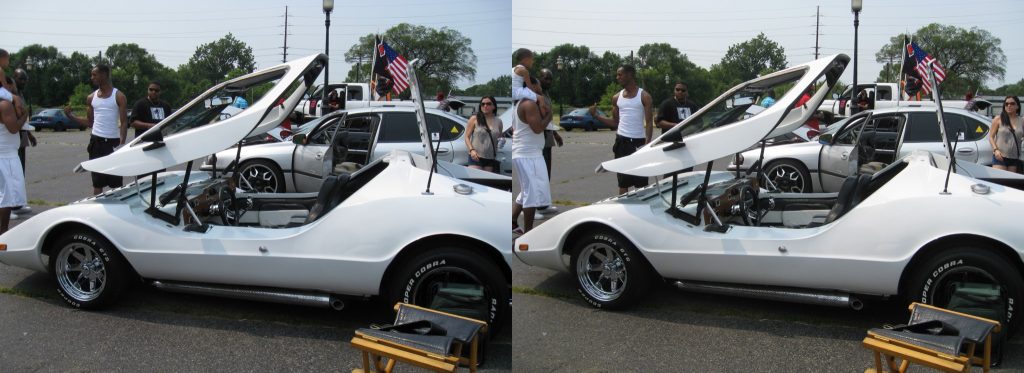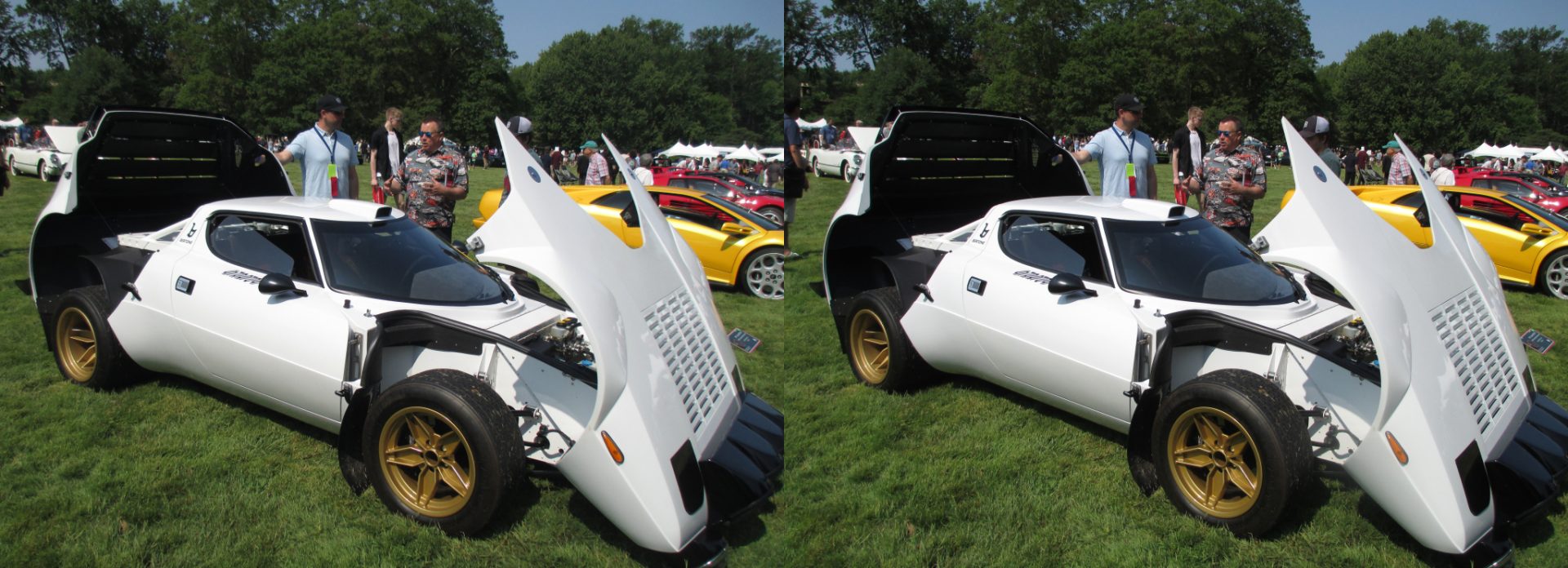
After Bruce Meyers figured out that he could mount a one-piece fiberglass body on a shortened version of the VW Beetle’s flat “platform” chassis, a small industry of kit car makers embraced the VW’s mechanicals. They ranged from ersatz Bugattis to replica Porsche 917 race cars. One of the more successful, in terms of units sold and also in terms of aesthetics was the Sterling, particularly their GT model, which featured a canopy, not doors. Check out what Grok’s AI has to say about the Sterling below the video.
The Sterling GT is a variant of the Sterling kit car, a popular fiberglass-bodied replicar from the 1970s and early 1980s, designed to offer an exotic, supercar-like appearance at a fraction of the cost. Originally conceived in the UK as the Nova by designers Richard Oakes and Phil Sayers, it was rebranded as the Sterling in the US due to General Motors holding the “Nova” trademark. The Sterling GT, like its siblings, was typically built on a Volkswagen Beetle chassis, leveraging the Beetle’s reliable air-cooled flat-four engine and rear-engine layout for simplicity and affordability.
Produced primarily by California Component Cars (CCC) in the US, the GT variant emphasized a more refined or performance-oriented aesthetic, though specifics varied depending on the builder. The kit was marketed as a “component car,” arriving as a pre-formed fiberglass shell with some pre-installed elements like glass and seats, requiring about 40 hours of assembly onto a donor Beetle chassis with basic tools.
Roughly 875 Sterlings were produced by CCC between 1973 and 1983, with the GT being one of several body styles. Today, they’re niche classics, valued for their bold looks and DIY heritage. Prices for completed examples range from $5,000 to $10,000, while project cars can be found as low as $1,500, though parts like side windows or canopy mechanisms may require hunting through specialty suppliers or owner networks like the Sterling Sports Car Owners Association. It’s a tinkerer’s dream—quirky, eye-catching, and a testament to the kit car boom of its era.
